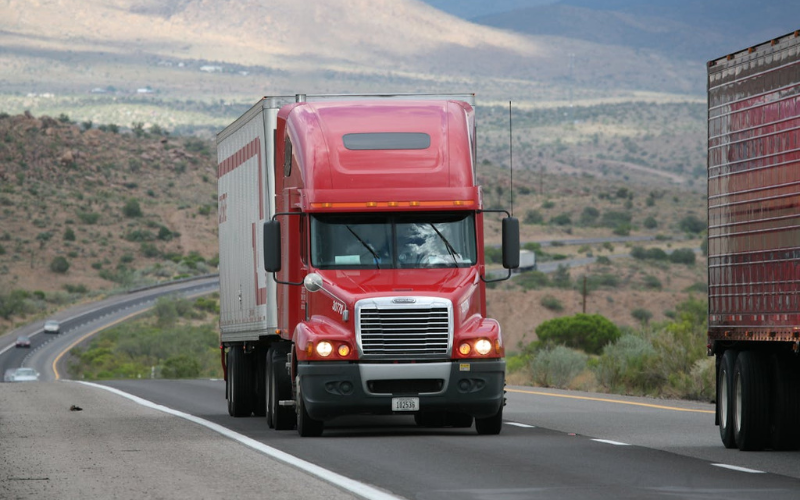Introduction
First of all, the reason behind the training is that you’ll be able to drive the heaviest lorries in the logistics business, weighing around 44 tonnes and commonly used for long- journeys.
It is also crucial to have training for driving purposes taking into consideration both public and personal safety. Driving training inculcates safety precautions with an add-on of excellent exposure to driving knowledge. LGV Driver Training, in particular, provides an excess of the exposure to weights and types of vehicles, and other aspects including general driving knowledge and practical, road safety, needs, do’s and don’ts while driving and, real exposure, to examinations related to driving like strictness, requirements, etc. Training provides both classrooms as well as practical interaction which in turn gives out the best results in the final examination as the exams for driving are both theory and practical-based. Even if you know driving on your own then also it is important to do Training because this way till your lincencing everything goes legal. Training brush up your skills and make you ready for every situation that can arrive while driving.
Why is Training an Important Factor for Legal Driving?
It is usually said that trying new things gives you a lot of exposure in and out. But some important aspects like driving are directly related to your safety as well as public safety, so this aspect needs proper management in the form of training and examination to do legalized driving. The process is simple and straight direct theory and practical training and then giving tests for the same and getting licensed. The factors above directly explain the reason for its importance as safety, legalization. Both are the aspects that can’t be neglected in any of the cases, as people now are more aware of all the rules and regulations.
For operation for the same training you need to :
1. Pass a medical exam, completed on a D4 form.
2. Apply for the theory exam continuing with the Practical exam
3. Last but not least Schedule your CPC.
Training also has a similar process to final training: you are trained on various theory-based aspects followed by practical training and module tests for practice. Driving is a lot more than getting from one end to another for a particular reason. However, it is an internal emotion and many who choose driving as employment, do so because they enjoy the connection that comes out while driving. Driving should include law-based operations and a safer medium. With an increasing number of road injuries, restrictions are getting more strict that are again beneficial for proper driving.
Different Types of Training
Training is made sorted with the categorical division of vehicles and license so that person opts for that division in which he/she is interested so that the process is sorted out for every individual without any confusion. Training if processed properly can lead to various more opportunities as an LGV driver. Training nowadays comes with complete packages till licencing process i.e. it includes proper guidance of examination for licencing. The Different Training modules are categorized according to the weight of the vehicle, height, usage, etc are as follows:
Class 1: Allows you to drive 7.5 tonnes heavy vehicles with trailer detaching service.
Class2/Cat c: Vehicles over 7.5 tonnes come under this category but with a rigid body base. This course allows you to drive such heavy vehicles.
Cat c1: Gives you the qualification to drive vehicles over 3.5 tonnes but below 7.5 tonnes.
Cat c1+ E: Similar to Cat C1 but is an add-on as it allows you to tow a vehicle.
Cat B+E: This allows you to tow a vehicle behind a regular car.
Cat D: This allows you to drive a bus, coach, and vehicle that is made for carrying passengers.
Cat D1: Enables you to drive minibus up to 16 seats, if you had your licence before 1997 then you are already eligible for the same.
Lorry loader: This course is the detailed version that helps you ride lorry loaders or hiabs and truck-mounted cranes.
ForkLift: This qualification allows you to load, unload goods into trucks and trailers.
ADR: (Accord Dangeroux Routier) is the qualification set up for the drivers who are carrying dangerous goods like oil tankers, corrosives, flammable materials, etc. This course teaches about what hazards come up with dangerous materials, how they can be Prevented, and how to manage things if something happens accidentally.
Transport Manager CPC This is further extraction of the driving skills and knowledge, as this is a further extension of LGV Driver training as this course teaches well-experienced drivers to excel more in their careers and become managers in their experience field. This field gives up great exposure not only for driving but also the managerial skills.
Also Read: How to get a HGV licence for free




